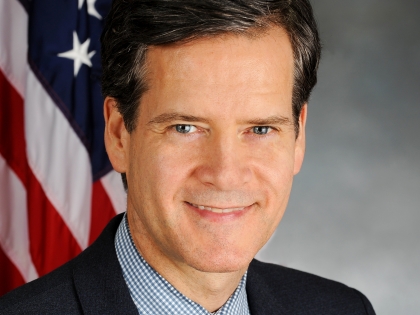
Sen. Hoylman-Sigal's Testimony on Open Meetings Law
December 15, 2023
Thank you, Borough President Levine, for the opportunity to testify today about hybrid meetings for public bodies. I am State Senator Brad Hoylman-Sigal, and I represent the West Side of Manhattan from Christopher St. in the Village to W. 103rd St. on the Upper West Side. My district includes Community Boards 2, 4, and 7. I want to echo the testimony of Beverly and Susan, from CBs 2 and 7.
Communities in my district have now come to expect and rely on hybrid meetings. I have heard from community members that they would not be able to participate in civic life without the convenience allowed by hybrid meetings. I carry legislation to ensure that community boards can continue to use hybrid meetings and look forward to working with my colleagues in Albany to get that passed. However, there are a number of issues that should be addressed moving forward.
First, Community Boards are struggling with the financial and technological demands of broadcasting meetings to Zoom with the requisite audio and video quality. To the extent possible, New York City should provide greater support in this area—both financial and advisory—to Community Board members and their staff.
Second, community members have voiced a desire for even greater flexibility for hybrid participation, however quorum requirements limit the ability of community board members from actually taking advantage of this option. To ensure community boards can resemble their constituents demographically, as well as attract and retain high-quality members, rules regarding virtual attendance should be made more flexible. In 2022, I introduced a bill in the State Senate, S584, that would do exactly that.
Third, after more than three years of virtual meetings, in-district partners are no longer as willing to loan meeting space to Community Boards. Community Boards 2 and 7 in particular are struggling to locate rooms that can fit all 50 board members—let alone interested members of the public. New York City should provide greater support to Community Boards in this area, as well as incentivize private companies and organizations to welcome Community Boards into their spaces.
Equity demands a flexible and high-quality virtual option. In CB7, for example, 25% of residents are sixty-five years of age or older—the highest share of any community district. This age group is more susceptible to COVID and more likely to suffer mobility issues. To the extent that the hybrid model has empowered communities by making the Boards more accessible, it should be protected and expanded. I look forward to advancing this goal as my colleagues and I return to Albany this January.